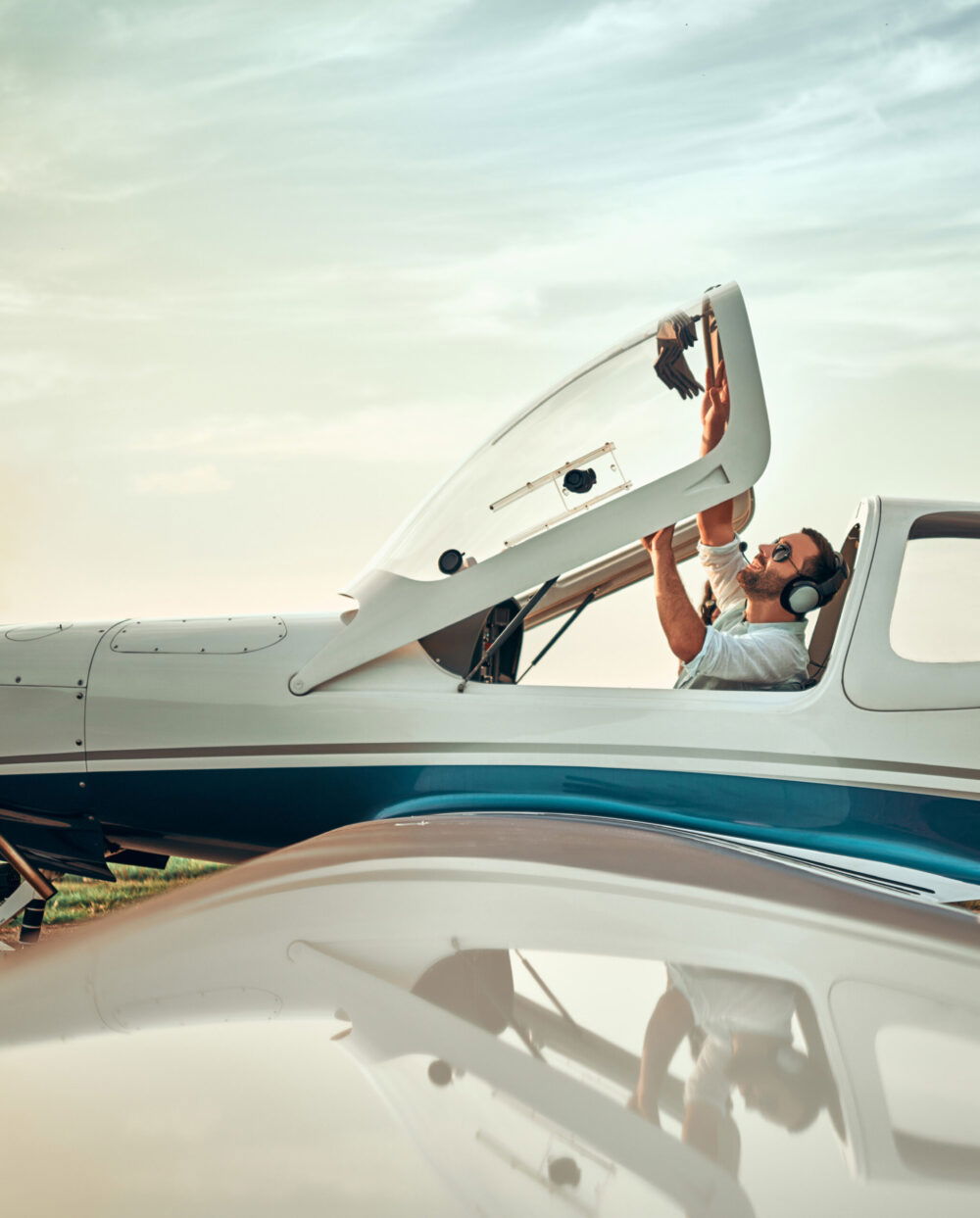“And now for something completely different.” It was a line from that brilliant 1970s British television comedy show, Monty Python’s Flying Circus, but it could just as easily be used to introduce The Airplane Factory’s new, fits-into-its-own-niche airplane, the cheeky Sling 4.
A four-place cruiser that carries four adults, several hours’ worth of fuel and a respectable baggage load, and consumes less than 6 gph, the Sling 4 does so in leather-wrapped comfort. It has a wider cabin than a Bonanza, looks sexy on the ramp, and its turbocharged Rotax whisks it along at a decent 125 knots — all for a fraction of the price of a comparable new Part 23 airplane. Something different indeed.
What does one do with an airplane that has a 1,000-pound useful load and barely sips fuel? It turns out, a lot of things.
That elusive performance goal has been the bane of many manufacturers’ existences. While some had speedy airplanes, their four-place models could carry just three people, limited fuel and no baggage. Others could promise a good payload, but the machine would burn enough fuel to choke your wallet. Still others would offer a good payload and decent speed, but it would reach well into a six-figure price tag and empty the fuel truck to boot. In contrast, the Sling 4’s capabilities and cost put it in a category with few competitors.
A Performance Pedigree
The Sling 4 was born from the same design concept as the Sling 2 — the two-seat light-sport aircraft lauded as a nimble and robust cross-country airplane thanks to three around-the-globe flights since its introduction in 2009. Built by South Africa’s The Airplane Factory, it has been a success in many countries, with some 300 plying the world’s skies and more to come as the United States discovers its “mini fighter” charms, with new distribution and production facilities in Australia, New Zealand and Taiwan being added to that in the United States.
The Sling 2 was set apart by a single quality: handling. It flies beautifully, with a silky, harmonious feel absent the twitchiness and skittery touch of many LSAs. Designer and South African microlight aviation pioneer Mike Blyth spent over a year perfecting the handling once the prototype was completed. The result shows, and it’s a feature that needs little marketing or promotion. Pilots who fly the Sling 2 become quickly entranced by its Zen-like handling and substantial feel, without needing any hyperbole. Flight schools have discovered the Sling 2 and its miserly fuel burn — on mogas, no less — making it an economical and profitable trainer that instills good piloting skills.
Together with South African adventurer James Pitman, Blyth created The Airplane Factory at Tedderfield Airpark in Johannesburg to offer the Sling 2 in both kit and ready-to-fly variations. They also introduced a tailwheel version last year, making the buttery handling available to taildragger aficionados. Built to international ASTM standards, the spry two-seater flies under the S-LSA category in the United States, utilizing the proven and ubiquitous Rotax engines.
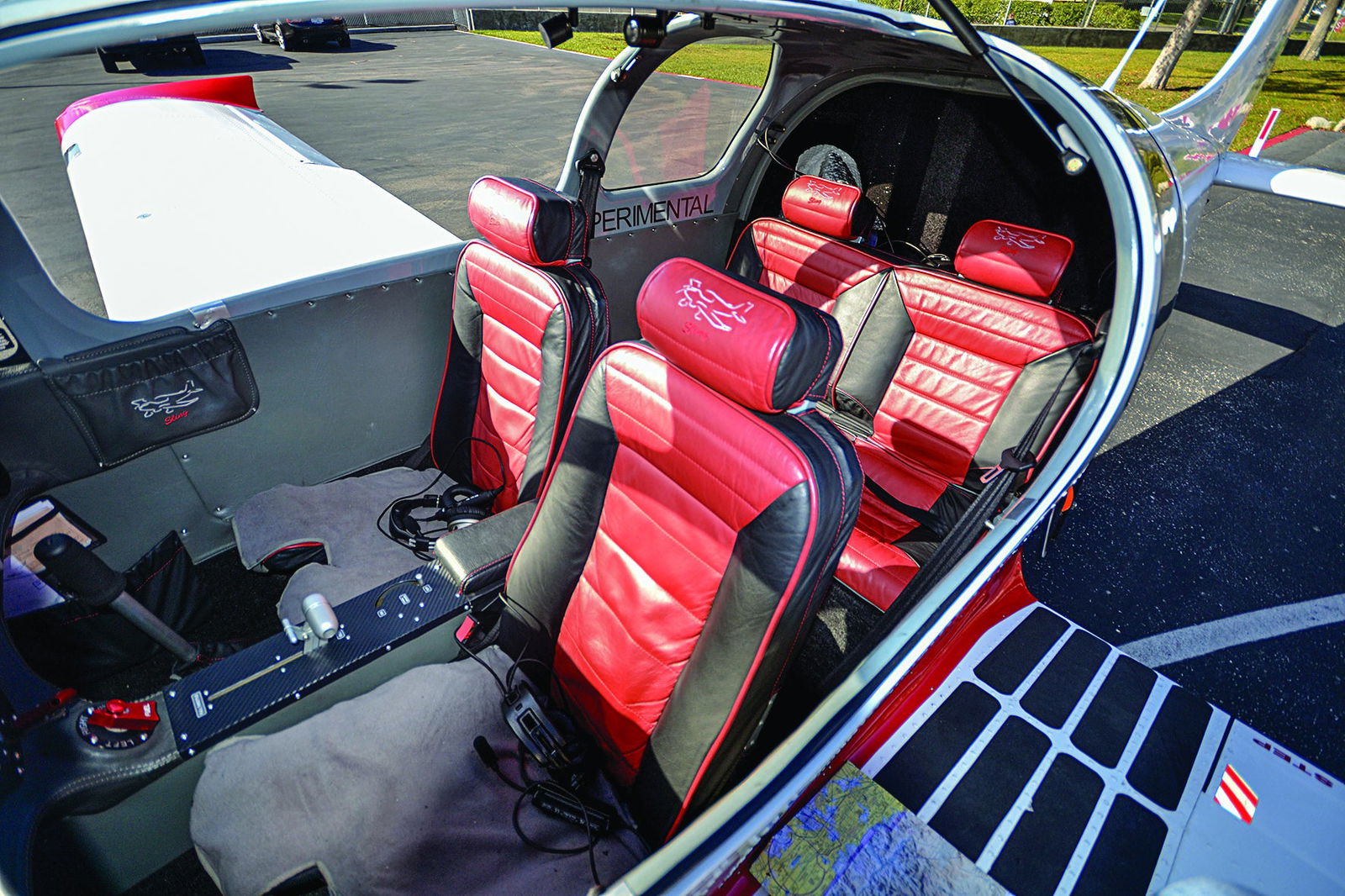
The idea for a four-place Sling formed during Blyth and Pitman’s 2009 global circumnavigation in the Sling 2. They discovered that it performed well, even up to the astonishing weight of 2,135 pounds. The airplane’s wing and airfoil design carry high wing loading rather well, and the standard Sling 2 was ultimately certified at 1,544 pounds (though it must adhere to the FAA’s 1,320-pound LSA limit in the United States).
Blyth and Pitman’s idea was to take the successful Sling 2 concept and use it as a basis for a four-place airplane. But, rather than just stretching the fuselage and bolting on a bigger engine, The Airplane Factory team reimagined the entire airplane while keeping key components (like the interior shape and successful airfoil). There was no economical, four-place airplane with real fuel efficiency on the market, so the team created the Sling 4 to fill that void. Pitman flew it from South Africa to Oshkosh with his son in 2013, introducing it to the United States.
The Sling 4 was different. An all-aluminum airplane (with sandwiched fiberglass gear legs), it features gull-wing entry doors, glass cockpit displays and panoramic visibility. It is powered by the Rotax 914 UL/F engine, a lightweight, turbocharged marvel that offers 115 hp and delivers takeoff power to 15,000 feet. The Sling 4 features a constant-speed propeller that utilizes an electric governor with feathering capability. A full airframe parachute is also an option.
Its big feature is efficiency. Scooting along at 125 knots, the Sling 4 burns just 5.8 gph. It prefers unleaded, 91-octane automobile fuel to avgas, and its fuel tanks carry 48 gallons, giving the Sling 4 a nominal endurance of nearly eight hours with reserves. It is one of few aircraft anywhere close to this price range that can carry four adults, six hours of fuel and 70 pounds of baggage.
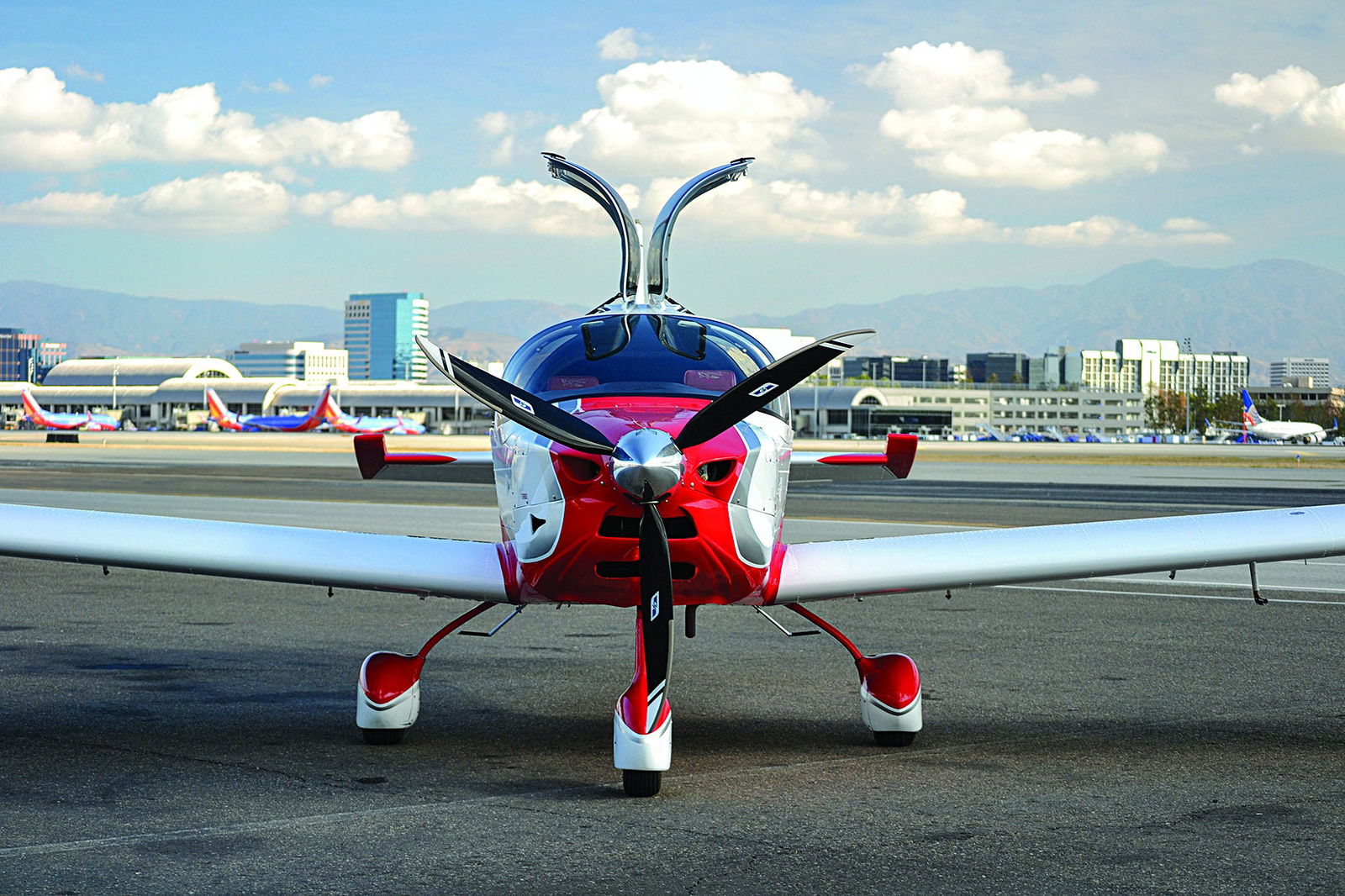
A Better Build
The Sling 4’s engine, constant-speed prop, useful load and four seats eliminate the airplane from the LSA category. In the United States, it is licensed under the Experimental category, and buyers have the options of building it from a standard kit or a quick-build kit, or taking the turbo-build option.
The FAA requires fabrication work provided by the factory on kits be less than 50 percent of the total needed to complete the airplane. The kit builder must do at least 51 percent of the work. The turbo-build program further reduces the builder’s work by providing assistance to those who don’t want to slog through an entire kit build. Using the turbo-build option, buyers can complete the aircraft in two weeks. For the Sling 4, The Airplane Factory has partnered with Experimental aircraft builder Synergy Air, based in Eugene, Oregon. Synergy Air has been building kit airplanes for nearly 15 years and today builds the Van’s RV-12 E-LSA airplanes.
The all-aluminum CNC-punched components of the Sling kits come in an almost completed state. The control surfaces are nearly finished, wings are virtually complete, fuel tanks are finished and sealed, holes are predrilled, and everything requiring driven rivets is prefabricated at the factory in South Africa. The quick-build kit comprises six smaller subassembly kits, such as the empennage and wing kits.
The factory has taken an innovative approach to helping builders by providing extensive building manuals and a well-designed iPhone/iPad app that works with bar codes attached to every part in the kit. Builders scan a bar code, and the app displays all the information for that part, including where in the plans that part is used, the part’s name and code, how many should be included, and a running inventory of how many of those parts are used and how many are left.
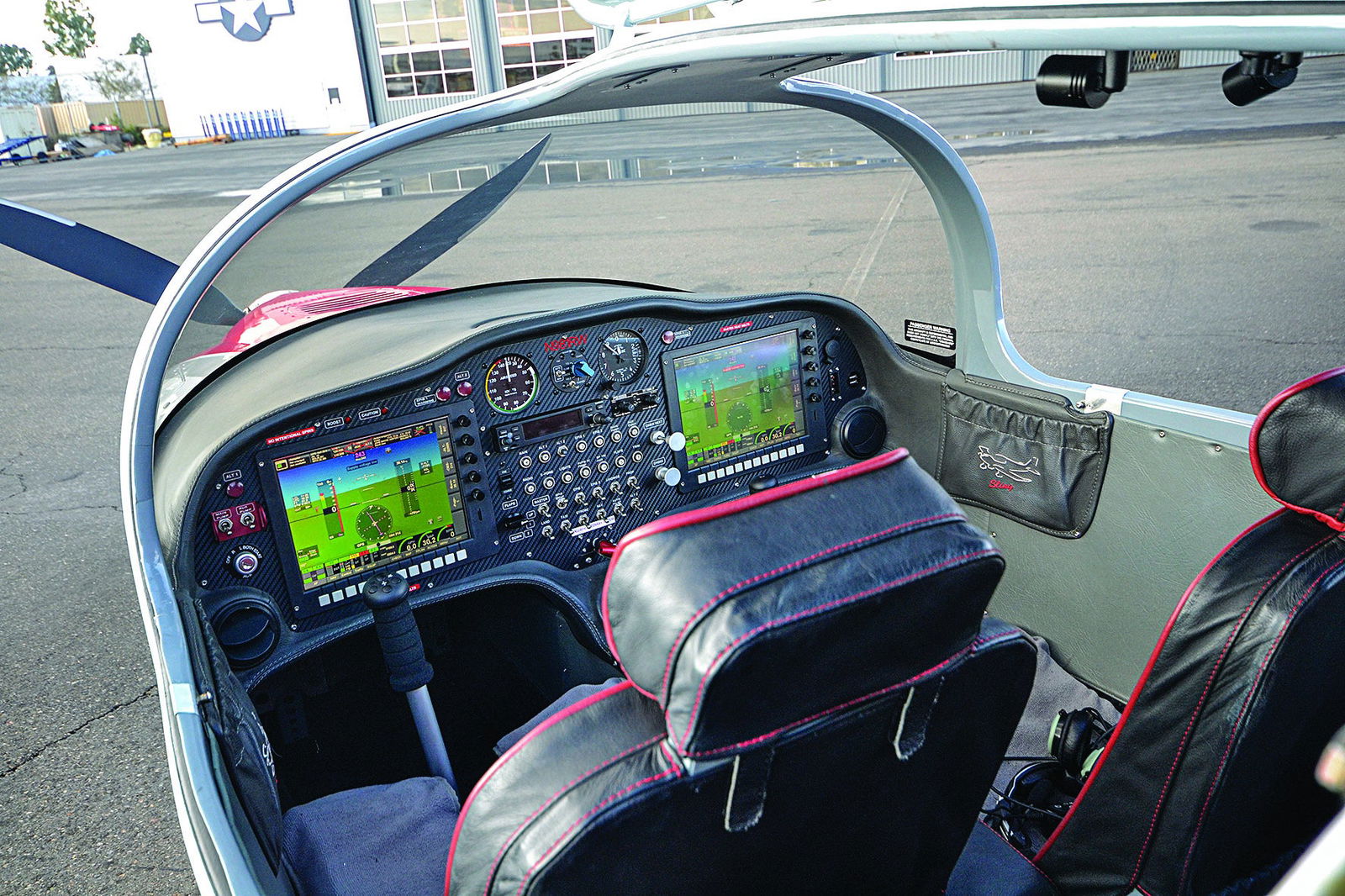
All the plans, instructions and manuals are available in the app, which is a huge improvement over paper. In another forward-thinking move, the factory created an entire build channel on YouTube to assist DIY builders.
A complete Sling 4 kit, including engine, airframe parachute, propeller and MGL avionics, costs approximately $110,000. The quick-build kit adds $15,000, and the turbo-build option adds another $65,000 to that, totaling $190,000 for a completed airplane. The time to build the Sling 4 is about 1,000 hours if you choose to do all the work yourself.
Lone Ranger
The Sling 4 fits into several niches without settling into any one. The only comparisons come from aircraft that are close, but not quite the same, and a bit faster. There aren’t many others like the Sling 4, and this differentiation bodes well for its acceptance in the United States. While the used market also offers alternatives, buyers would likely have to forgo the Sling’s glass panel and technologically advanced engine control. A modern, affordable and economical four-place airplane is not an easy find.
Lithe Ballerina
I flew the Sling 4 on a 103-degree California summer day with Matt Liknaitzky, president of The Airplane Factory’s main U.S. distributor in Torrance, California, and two other full-size adults. Even with five hours of fuel, a bunch of stuff in the back and triple-digit OATs, the airplane climbed out at 600 fpm without trouble. One secret of the Sling’s capability is the turbocharger. At 15,000 feet, a normally aspirated, 100 hp motor would only deliver about 55 hp, whereas the turbo Rotax delivers full power. The high-lift wing, fuselage design and constant-speed prop round out the secret-sauce ingredients. The turbo boost (available by lifting a trigger on the throttle and sliding it past the detent) is essential.
From takeoff to cruise, the Sling 4 is a slippery, agile pussycat. Thanks to pushrods, ball bearings and beautifully harmonized controls, a move of the wrist or fingers puts the airplane exactly where you want it, sharing the velvety feel of the Sling 2.
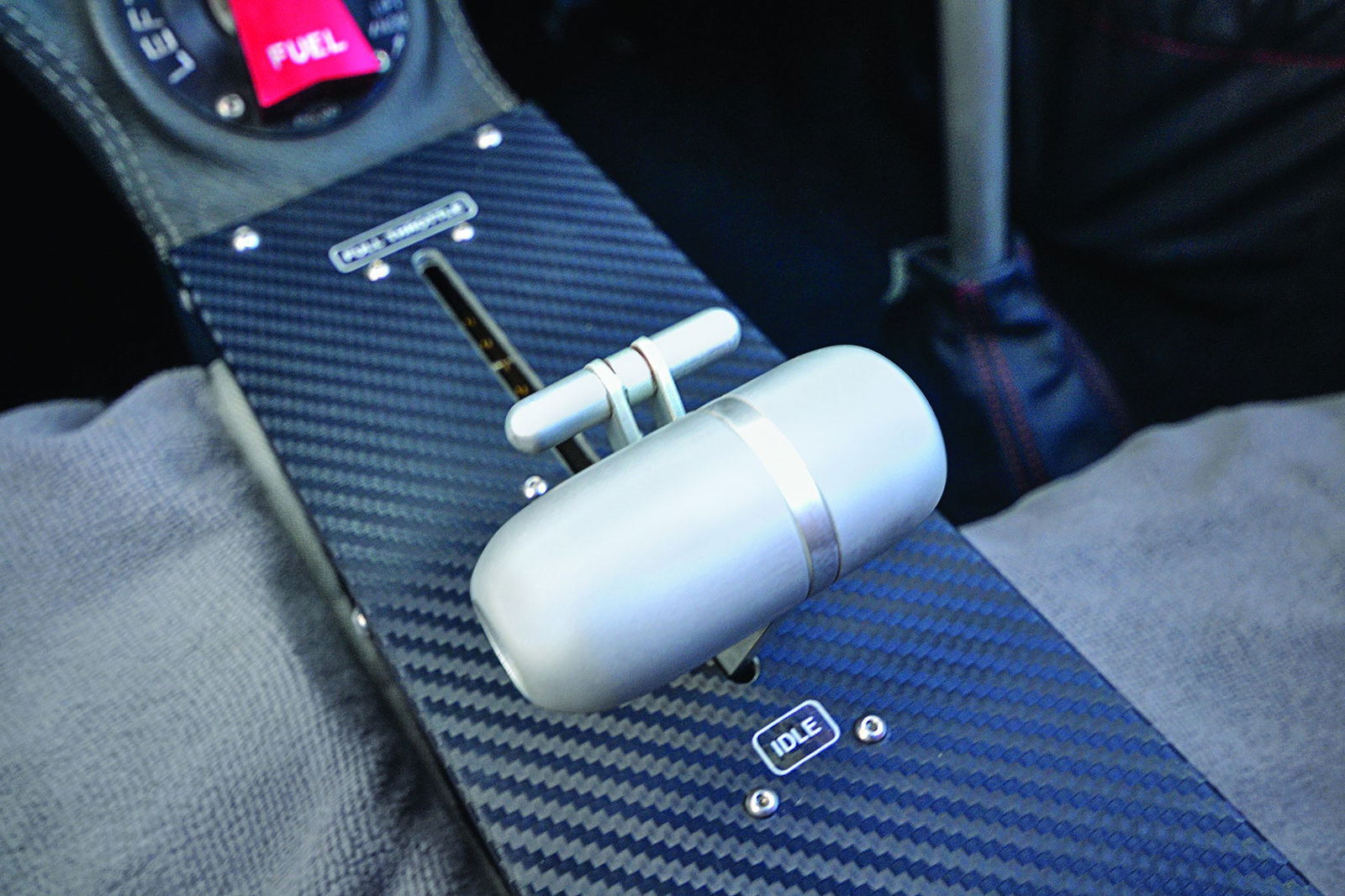
Airplanes are best evaluated in real circumstances, so I took the Sling 4 from Southern California to Las Vegas to pick up some nonaviator friends. At 9,500 feet over the arid Mojave Desert, the airplane’s characteristics began to shine as ATC vectored me everywhere on this busy holiday weekend. The electric governor proved to be an excellent tool as I dialed in a cruise setting that gave me 128 ktas at a fuel burn of 5.3 gph.
The afternoon sun streamed through breaks in the overcast, dappling the vast emptiness below me with spots of gold as I put the Sling 4 through stalls, slow flight and various cruise configurations to get a good feel for the airplane. Arriving in Vegas was uneventful, as the Sling’s landing characteristics are almost identical to the two-place version. On final, 75 knots with 30 degrees of flaps gave me a perfect, feathery touchdown — of course, nobody was watching.
Airplane manufacturers have discovered that modern pilots and passengers enjoy a personal aircraft that mimics an automobile, and the Sling 4 delivers. The interior is leather, with carbon-fiber accents and panel, and the layout is friendly and carlike. Legroom is unusually ample, and my 6-foot friends had headroom to spare.
Of course, no airplane is perfect, and the Sling 4 is no exception. The heater is a bit anemic, although, to be fair to the makers, South Africa isn’t cold enough to merit a great heater. A better rubber molding system could be used around the gull-wing doors where drafts emanate. An MP3 jack should be standard these days, and some mechanism whereby one could taxi with the gull-wings half open or cracked would be useful.
It’s no secret the Sling 4 is not fast. It’s one reason why comparisons are tough. Fast is subjective though, and American audiences may embrace the airplane’s efficiency and handling over its speed. Then there is the fact that you have to build it. Some buyers have no desire to do that, which could muddy the Sling’s waters.
The Airplane Factory has a winner in the Sling 4, an airplane that is a pleasure to handle while going easy on the wallet. It seems ideally suited to partnerships or flying clubs, with its low acquisition cost and ridiculously low operating costs (my Vegas adventure cost $64 in fuel). It excels at going places, and while it won’t get you there quickly, if you love a sporty airplane that can carry a load and attracts spectators like a happy yellow Cub, the Sling 4 merits a serious look.
| Sling 4 |
|---|
| Price as tested | $190,000 |
| Seats | Four |
| Engine | Rotax 914 UL/F |
| Horsepower | 115 hp |
| Propeller | 72-inch 3-blade Airmaster composite |
| Primary avionics | MGL Instruments |
| Cabin width | 43.8 inches |
| Overall length | 23 feet 5 inches |
| Overall height | 8 feet |
| Wingspan | 32 feet 8 inches |
| Wing area | 134 square feet |
| Wing loading | 15.1 pounds per square foot |
| Power loading | 17.6 pounds per hp |
| Maximum takeoff weight | 2,028 pounds |
| Empty weight (standard equip.) | 1,036 pounds |
| Useful load | 992 pounds |
| Baggage capacity | 88 pounds |
| Cruise speed (75% power at 6,000 feet) | 124 ktas |
| VNE | 135 ktas |
| Stall speed (clean) | 47 kcas |
| Stall speed (full flaps) | 45 kcas |
| Takeoff distance | 700 feet |
| Landing distance | 500 feet |
| Rate of climb (sea level) | 750 fpm |
| Max operating altitude | 15,000 feet |
| Range at 75% power (with 45-minute reserve) | 780 nm |
| Fuel capacity | 48.1 gallons |
| Fuel consumption (cruise) | 5.8 gallons per hour |


